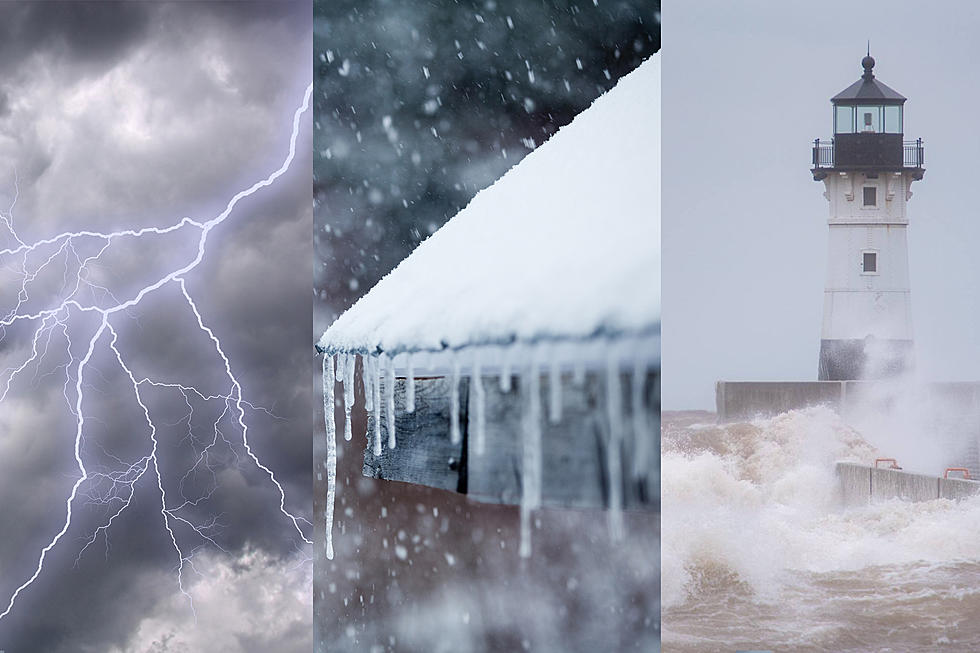
What Is The Difference Between An Advisory, Watch And Warning?
Here in the Northland, we are no stranger to wild and downright nasty weather. From blizzards to severe storms to everything in between, we pretty much have it. (We even saw some impacts from a hurricane earlier this year!)
With that being said, it is never a bad idea to brush up on a few weather terms so you can better understand what is happening outside your window. Have you ever found yourself scratching your head about the difference between an advisory, watch and a warning? Let me break the difference down for you.
- The National Weather Service defines an advisory as an alert for weather conditions that "cause significant inconvenience" and could eventually lead to a life-threatening situation. These are not as serious as a watch or a warning but if an advisory is issued, that does mean a weather event is occurring or most likely will occur.
- A watch is something that is issued in extreme weather conditions when it is likely that dangerous weather will occur but meteorologists can't pinpoint when or where. The National Weather Service says it is an alert that is "intended to provide enough lead time so those who need to set their plans in motion can do so."
- According to the National Weather Service, a weather warning is issued when a major event is "occurring, imminent or likely." They will issue a warning when the weather conditions get dangerous enough to pose a threat to human lives or their property.
Funny enough, this summer, the National Weather Service said they may be simplifying this alert system because some people may find it too clunky or confusing. They are seeking feedback on the alert system through the end of summer.
For now, it's good to brush up on what these all mean because severe weather is a year-round thing in the Northland.

7 Things To Do When Power Goes Out During A Storm
More From KOOL 101.7









